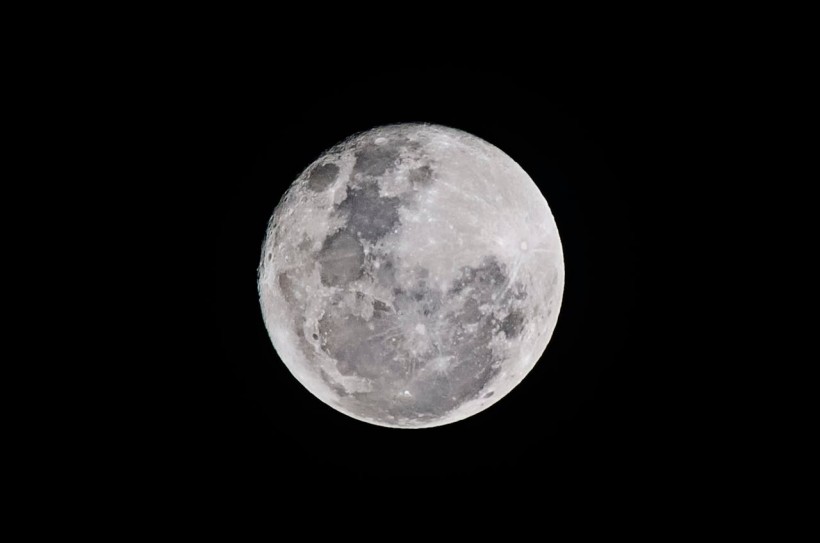NASA's Artemis III mission will feature the cultivation of plants like duckweed, cress, and brassica in a mini lunar greenhouse. Among the chosen experiments for the 2026 moon mission is Lunar Effects on Agricultural Flora (LEAF), marking NASA's first attempt at lunar plant growth.
NASA Deputy Administrator Pam Melroy underscores the importance of these experiments for addressing key scientific objectives in lunar and Martian exploration.

(Photo : Pexels/Bruno Scramgnon)
LEAF Experiment Explores Lunar Agriculture
Developed by Space Lab Technologies in Colorado, the LEAF experiment aims to assess plant resilience under space conditions. Astronauts will deploy growth chambers containing thale cress, duckweed, and Brassica rapa, shielding them from radiation and vacuum while monitoring their growth.
Thale cress, with its fully mapped genetic code, allows scientists to detect mutations from radiation exposure, crucial for space exploration beyond Earth's protection. Meanwhile, duckweed's unique structure and rapid growth make it a potential high-protein crop and oxygen source in space.
In addition to thale cress, duckweed, with its lack of roots and stems, offers promising resilience to space conditions due to its spherical shape. While on Earth, duckweed often spreads to cover entire ponds and lakes, in space, it could serve as a valuable crop without being a nuisance.
Furthermore, Brassica rapa, a fast-growing relative of cabbage and broccoli, offers nutritional benefits and could contribute to life-support systems for future space colonies.
Space Lab Technologies envisions creating sustainable living and working resources for extended space exploration missions. Their goal is to provide the necessary resources for people to live and work in space autonomously, facilitating further exploration and longer stays in space.
The LEAF experiment represents a pivotal step in understanding how agriculture can support human crews in space, potentially paving the way for sustained lunar exploration and future missions to Mars.
READ ALSO: Growing Plants In Space: Astronauts Eats First Radish Grown in Space
China's Lunar Plant Mission and Upcoming Lunar Experiments for Artemis 3
Even before the LEAF experiment, China's Chang'e 4 mission which was launched in January 2019 has already sent cotton plants to the Moon's far side. Alongside LEAF, two other experiments were recently selected for deployment: the Lunar Environment Monitoring Station (LEMS) and the Lunar Dielectric Analyzer (LDA).
LEMS, a set of independent seismometers, will scour the moon for quakes for two years post-deployment. According to NASA officials, it will provide crucial insights into the moon's crust and mantle structure, enhancing lunar formation models.
In contrast, LDA will assess the lunar regolith's conductivity, gathering essential subsurface structure data and monitoring dielectric changes. These instruments will be positioned near the moon's south pole, believed to be rich in water ice, potentially supporting human outposts.
However, the exact landing site for Artemis 3, which will transport astronauts using SpaceX's Starship vehicle, remains undisclosed. NASA officials noted that final decisions about mission payloads, including LEAF, LEMS, and LDA, are pending further updates.
Although the Artemis 3 crew has not yet been revealed, NASA aims to send the first woman and person of color to the moon. Artemis 3 marks the first crewed lunar landing since Apollo 17 in 1972, following Artemis 2's mission to circumnavigate the moon and return to Earth in late 2025, as per plans.
RELATED ARTICLE: Scientists Have Grown Plants in Lunar Soil From Apollo Mission Samples for the First Time
Check out more news and information on Space in Science Times.














